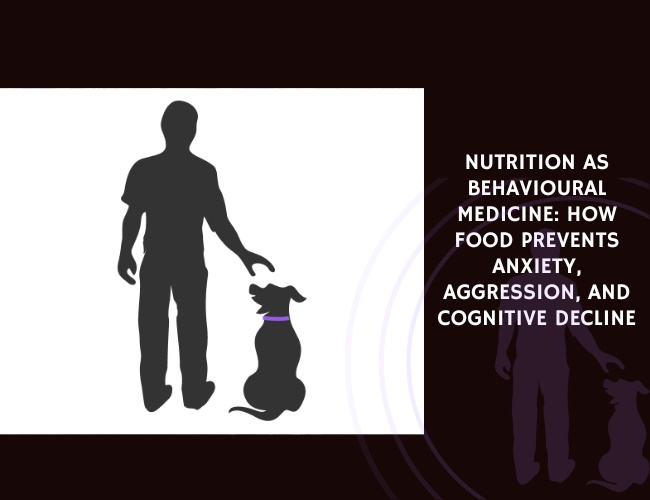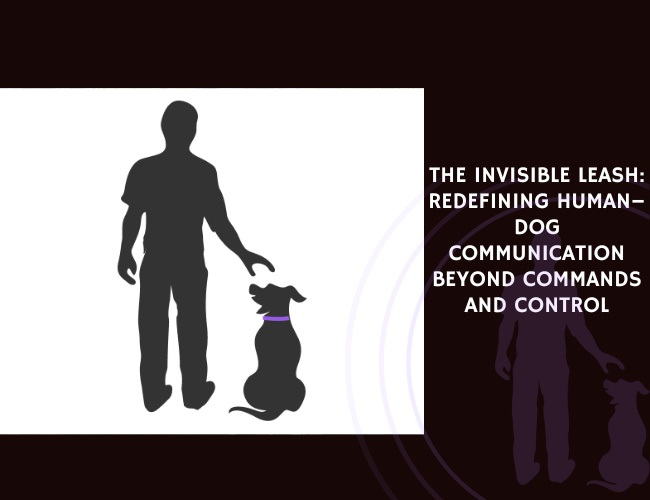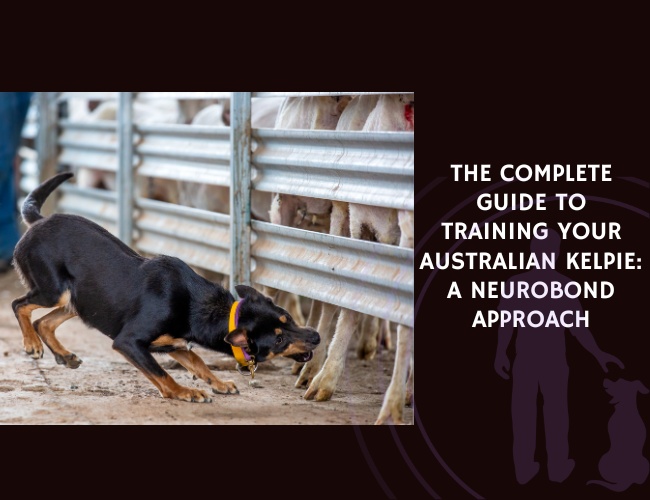Researchers analyzed responses from 1,309 dog owners using the Dog Personality Questionnaire (DPQ) to compare five traits: aggression towards people, aggression towards animals, fearfulness, responsiveness to training, and activity/excitability. Dogs were grouped into six clusters: herding, hunting, guarding, companion, potentially aggressive breeds, and mixed-breed dogs.
Contrary to public stereotypes, breeds labeled as “potentially aggressive” displayed lower aggression than both guarding breeds and mixed-breeds. Mixed-breed dogs showed the highest levels of aggression and fearfulness, challenging long-held assumptions about breed behavior.
Gender differences also emerged, with male dogs showing higher aggression towards both humans and animals than females. These results underscore the importance of shifting away from breed-based stereotypes and instead considering context, individual differences, and environmental factors when assessing canine behavior.
The findings advocate for education, training, selective breeding, and societal awareness as more effective ways to reduce dog-related incidents and strengthen human-animal bonds. By using empirical evidence rather than stereotypes, communities can promote safer and more compassionate interactions with dogs.
Source: [Study authors not specified in the provided excerpt]. Findings published in a peer-reviewed behavioral research journal on dog personality and aggression.










